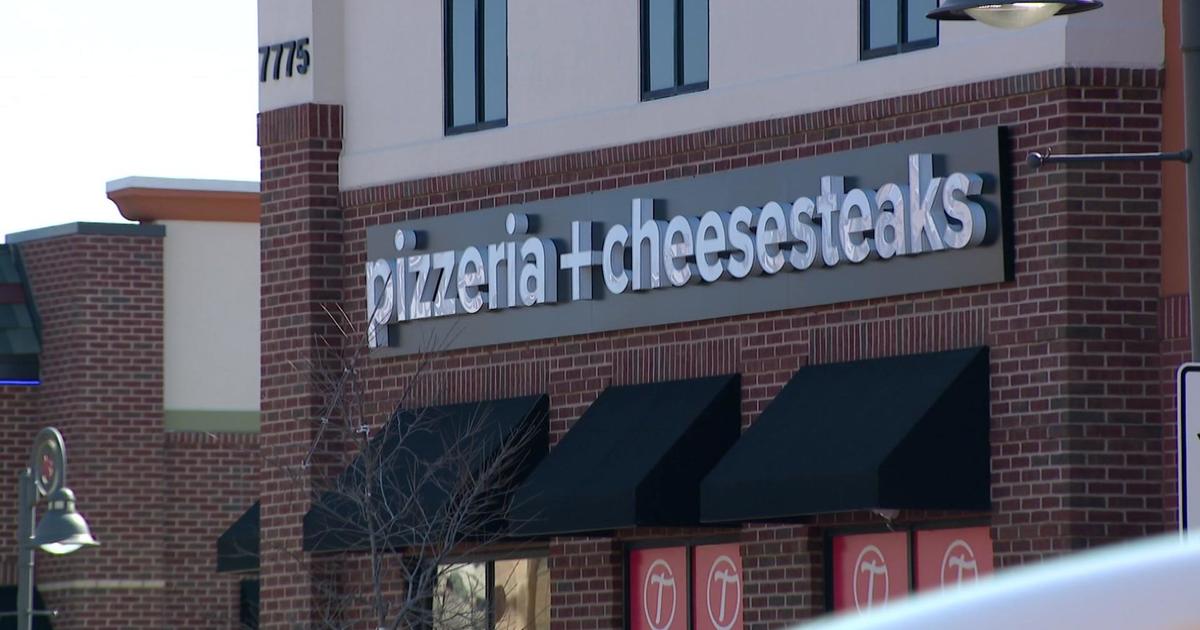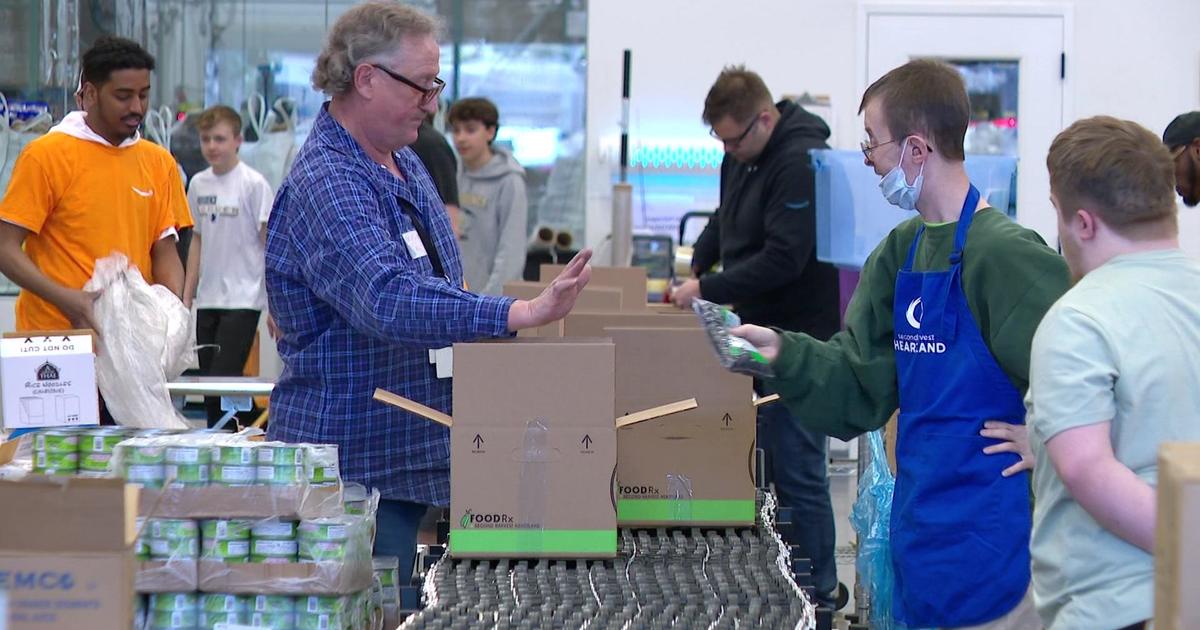Tracking Danger: Crude Oil On Minn. Railways
MINNEAPOLIS (WCCO) -- In the last few years, rail road traffic through the Twin Cities has reached an all-time high. With the increased traffic there's also been an increase in derailments, like the one we saw earlier this month in Ontario Canada. However it's not the derailments that have many concerned, it's what those trains are carrying -- crude oil.
"We have an ongoing situation of course, where the railroads are highly congested right now with all types of freight," Dave Christianson, senior planner for Minnesota's rail and freight lines, said.
Christianson says on a daily basis 120 trains pass through some of Minnesota's most populated areas, like north Minneapolis, the Como neighborhood and east St. Paul. It's not the exactly the high traffic causing concern, it's the cargo.
"Part of that is crude oil coming from Bakken [North Dakota] through the Twin Cities," Christianson said.
WCCO RADIO's Edgar Linares Reports
It's volatile material and if it spills in the Twin Cities it could be deadly, like in July of 2013 in Lac-Megantic, Quebec where 47 people died when a train derailed in the center of town.
Another community familiar with these derailment dangers is Casselton, North Dakota.
"We never intended to become the poster child for Bakken train derailments," Ed McConnell, former Mayor of Casselton, said.
On Dec. 30, 2013 a derailment happened a few miles outside of town.
"I saw the black smoke and after that I went to look," McConnell said. "That's when the cars started popping off."
Three miles away Adrian Kieffer, a farmer and Assistant Fire Chief, got a page.
"The fire looked like the cars were going to daisy chain," said Kieffer. "It was going to go from car, to car, to car."
Kieffer was tasked with detaching the trains before more damage could be done.
"We were about 600 feet away when the explosion happened, one of them," Kieffer said. "The noise went over you, you couldn't hear it. But all of a sudden the wind came from behind you. 15, 20 mph wind drafts, because it was pulling air into the fireball as it went up."
During a derailment there's not much firefighters can do, according top Kieffer. He and his crew are trained on evacuations. Luckily, this derailment happened outside of town.
"If it happened in town it would've … we would've lost both sides of the center of town for at least a block, block and-a-half," Kieffer said.
Kieffer says it's only a matter of time before it does happen in town. Minnesota's senior planner Dave Christianson feels the same way about the Twin Cities.
"The possibility of a catastrophic event in the Twin Cities does keep me up at night," Christianson said.
Click here to read other stories in the "Tracking Danger" series.



